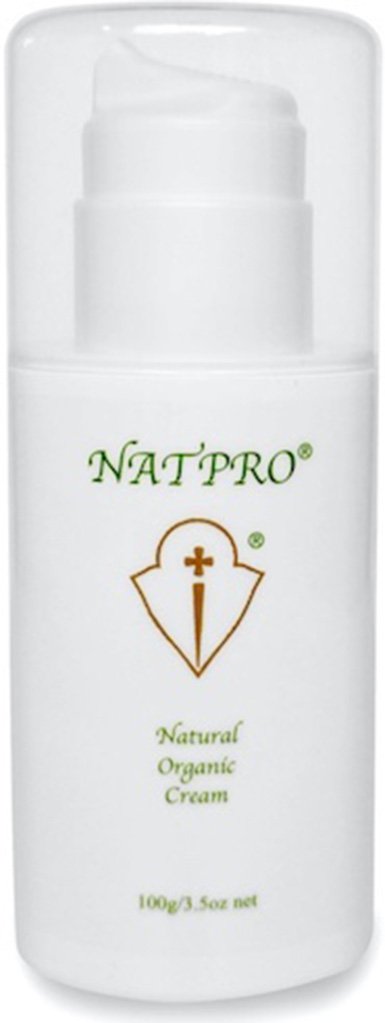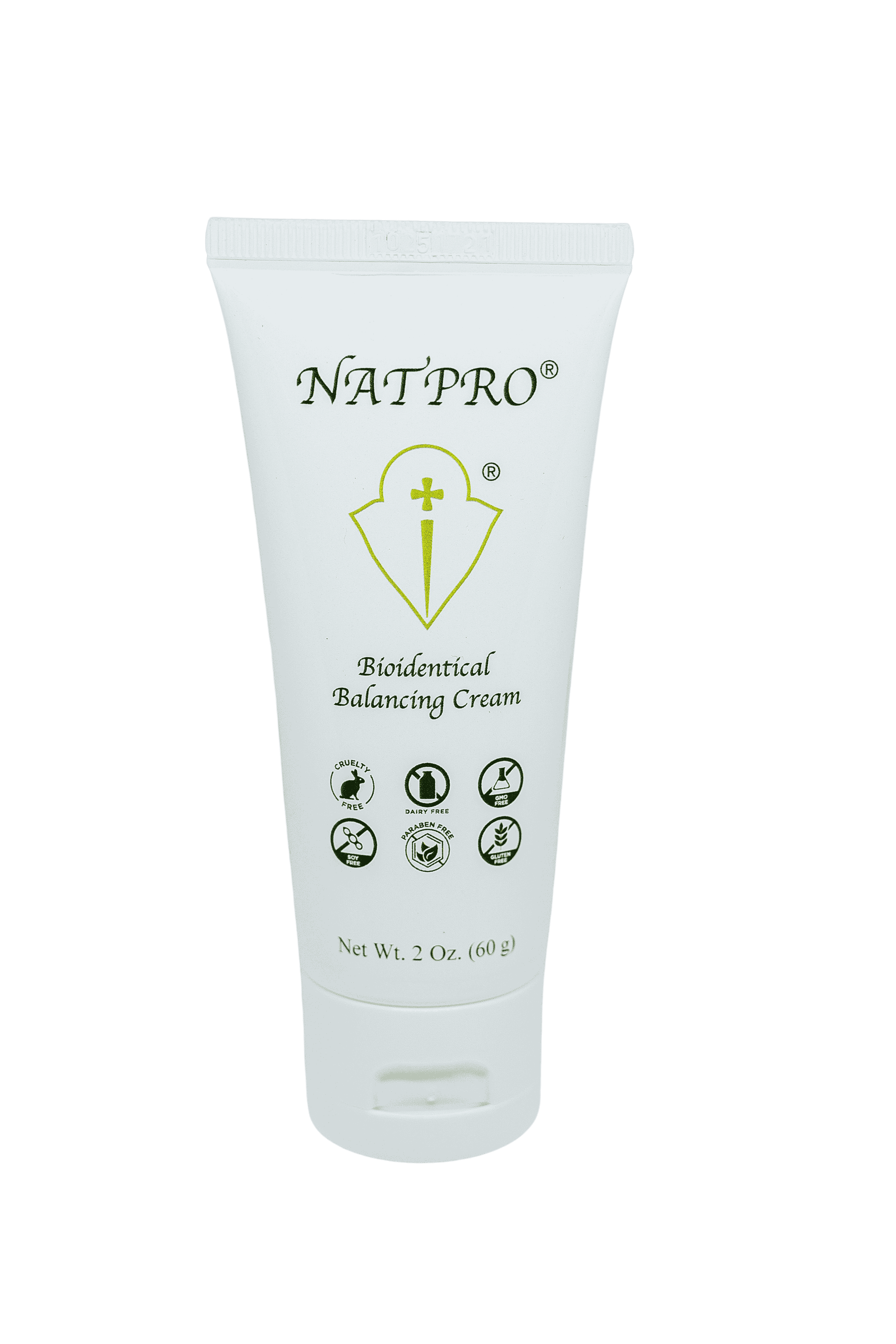Adult incontinence
Urinary adult incontinence is loss of bladder control. It ranges from mild leaking to a full flow of urine.
Incontinence can occur in both sexes from...
- nerve damage
- birth defects
- stroke
- obesity
- age
- weak and/or damaged muscles
- water retention in the sphincter
- an imbalance in calcium and magnesium
- pregnancy
- multiple sclerosis
- Parkinson's disease
- Alzheimer's disease
- surgical damage to nerves
- hypothyroidism
- diabetes
- urinary tract infections
- constipation
- bladder prolapse
- urinary stones
- hysterectomy
The bladder is the storage organ for urine, the waste water excreted by the kidneys. The bladder is connected to the urethra, through which the urine passes out of the body.
At the junction of the urethra and the bladder is a sphincter which controls the emptying of the bladder. Urination occurs when muscles in the bladder contract, and the sphincter relaxes.
If the sphincter is damaged or swollen with water it cannot operate efficiently and incontinence will result.
Incontinence increases with age. The muscles of the bladder weaken with age, most probably due to a lack of vitamin D. Elderly people tend to spend more time indoors, and ageing skin has a decreased ability to make vitamin D. It's essential to have a blood test.
Incontinence is twice as common in women as men. This is accounted for by pregnancy, which puts pressure on the bladder, childbirth with it's increased pressure, menopause, and the structure of the female urinary tract.
Progesterone and oestrogen receptor sites are found in the urethra, so excess oestrogen can cause water retention. This in turn would swell the sphincter making it difficult to close. This is often the case in peri-menopause and menopause, explaining why older women suffer from incontinence more frequently than younger.
Oestrogen causes contraction of smooth muscle, progesterone relaxes smooth muscle. Therefore excess oestrogen could lead to bladder spasms.
Stress incontinence occurs when excess pressure is put on the bladder. Examples are when sneezing, laughing, coughing, during sexual activity or lifting something heavy. It's generally caused by weak muscles. Often a lack of vitamin D is behind the weak muscles. It's essential to keep levels up.
Stress incontinence can be a problem the few days before menstruation, due to the drop in progesterone levels in ratio to oestrogen. The excess oestrogen causes water retention within the sphincter.
Urge incontinence occurs when the muscles are too active. This can occur if there's an imbalance between calcium and magnesium. Calcium is needed to contract muscles, magnesium to relax. Often there's an urge to urinate, but little urine appears. A hair analysis would show if the two minerals are not in balance.
Incorrect nerve signals could be a possible cause. It can occur when hearing water running and during sleep. Diuretics, anxiety, hypothyroidism and diabetes can worsen incontinence.
Benign prostate hyperplasia causes urge incontinence. The inflammation present swells the prostate, putting pressure on the urethra and bladder. Antioxidants and anti-inflammatories such as vitamin D and progesterone help to reduce the inflammation.
HRT increases the risk of incontinence. The 2005 Nurses' Health Study found users of HRT had statistically significantly higher oestradiol, free oestradiol and testosterone than non users. They found a 78% higher risk for developing urinary incontinence. See here, here and here.
A review by the Cochrane Incontinence Group in 2010 found that both conjugated equine oestrogen and an oestrogen/progestogen combination caused significant worsening of incontinence. See here.
Natural treatment
Incontinence can be caused by many factors, it's essential to find out what's causing it before resorting to drugs or surgery. In women, particularly during peri-menopause or menopause, an unbalanced ratio of progesterone to oestrogen can cause water retention. This can result in the bladder/urethra sphincter becoming swollen and unable to close fully.
In men, the inflammation in BPH can cause incontinence. In both cases progesterone can assist in reducing the inflammation and oedema. See here.
The amount of progesterone will be dependant on the individual and the severity of the problem. Women should use between 100-200mg of progesterone daily, men should use between 10-100mg/day. In severe cases more might be needed, vary the amount used following symptoms as a guide.
For more information see the page How to use progesterone cream
Before using progesterone it's essential to read the page on Oestrogen dominance first.
Vitamin D is not only a potent anti-inflammatory, but is needed to prevent muscles becoming weak. A test is essential. A lack of vitamin D reduces the benefits of progesterone, see here and here. The minimum dose should be 5000iu's per day. Blood levels should be between 70-100ng/ml or 175-250nmol/L.
The herbs horsetail (Equisetum arvense) and Crateva nurvala have been found to give some relief.
Conventional treatment
- Kegel exercises or bladder control training
- implanting a neuromodulation device which stimulates the nerves going to the bladder
- biofeedback
- special devices such as catheters
- surgery
- drugs
- anticholinergics, which are antispasmodics, help the bladder relax
- diuretics to prevent oedema
- smooth muscle relaxants
- tricyclic antidepressants
Unfortunately all drugs come with adverse side effects. Some common ones are a dry mouth, blurred vision, constipation, a faster heartbeat, flushing, drowsiness, confusion, or memory loss.
Websites
National Kidney & Urologic Diseases Information Clearinghouse (NKUDIC)
Medline Urinary Incontinence
Kegel exercises
Mayo Clinic

